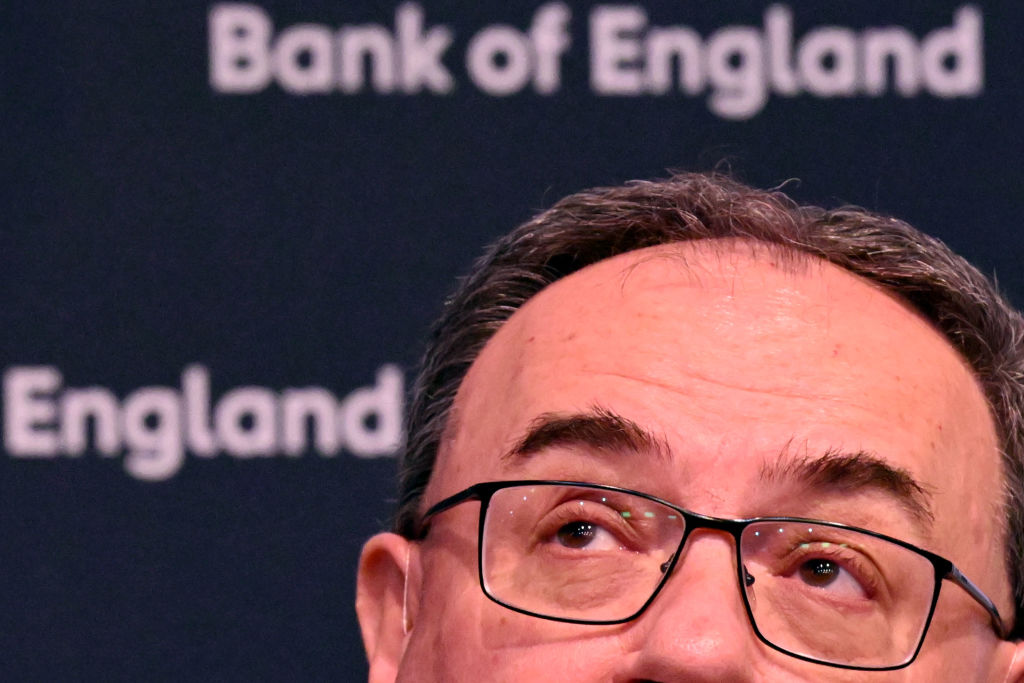The Bank of England is set to raise rates again and we could still face a 2008 crunch

As the Bank of England prepares to raise interest rates again, Arif Husain looks at what this volatility does to the financial markets and consumer credit – and the opportunities for investors.
I have travelled around the world meeting issuers, strategists, and clients a lot this year. Most people agreed with me that the world has changed. But then I ask them, what have you done about it? How have you responded to a change in markets, a change in volatility, a change in the way we all work and live? And the answer is usually very little. Investors must think and act differently in 2023 and beyond.
It has been volatility that has led us to this limbo. So, let’s look at this.
For me, volatility starts with central banks. Post-global financial crisis, when one word was changed in the statements issued by central banks, everyone would pile on to analyse what it meant, even if often the answer was nothing.
Following this, we have gone from a period of “we are not even thinking about thinking about raising rates”, to “is it going to be 50, 75 or 100 basis points?” Uncertainty in how central banks will act leads to rate volatility, which then leads to curve volatility, and credit volatility. We’ve seen evidence of this, with the number of mortgage products on offer in the UK plummeting. This then feeds through to equity markets. This is the way I think those concentric circles of volatility flow through. For an active manager, volatility is not something to fear, it is something that produces great opportunities.
As the concentric circles move through, volatility is certainly elevated. One of the concerns is there is an additional impact from volatility on liquidity. Just as we have gone through quantitative easing into quantitative tightening, there has been a structural change in the world that has led to higher inflation. The key thing for investors to note is that market structure is fundamentally different now, and market structure is something investors do not spend enough time thinking about.
The moves from active management to passive, and from public markets to private, have fundamentally changed how people invest. This is not active versus passive or public versus private debate, it is a question of fact. The changes have had a massive impact on market liquidity, which has created a feedback process that develops into further volatility, which then feeds back into liquidity again. In my mind, credit markets are at risk because the liquidity premium that is priced in is still not sufficient for the reality of public markets today.
The illiquidity of markets is something we all need to deal with. We are probably at a point over the next few months where we are going to find out the outcome of this. Using fixed income terminology, we are probably at the point of maximum convexity. This means we are in an unstable equilibrium. Something must happen. We are either going to get a meltdown in credit markets like in 2008, or we get a big, big rally. While market performance in the last quarter of last year looks like the latter so far, looking at liquidity and the quantitative tightening situation, it could still look like 2008.
Ultimately, investors all end up becoming asset allocators. We all want to put different assets together to end up with a better combination. The important thing to remember, is that the best players do not necessarily make the best team. Doing nothing though? Think back to the returns in fixed income assets in 2022. It is a very dangerous, and conscious decision.